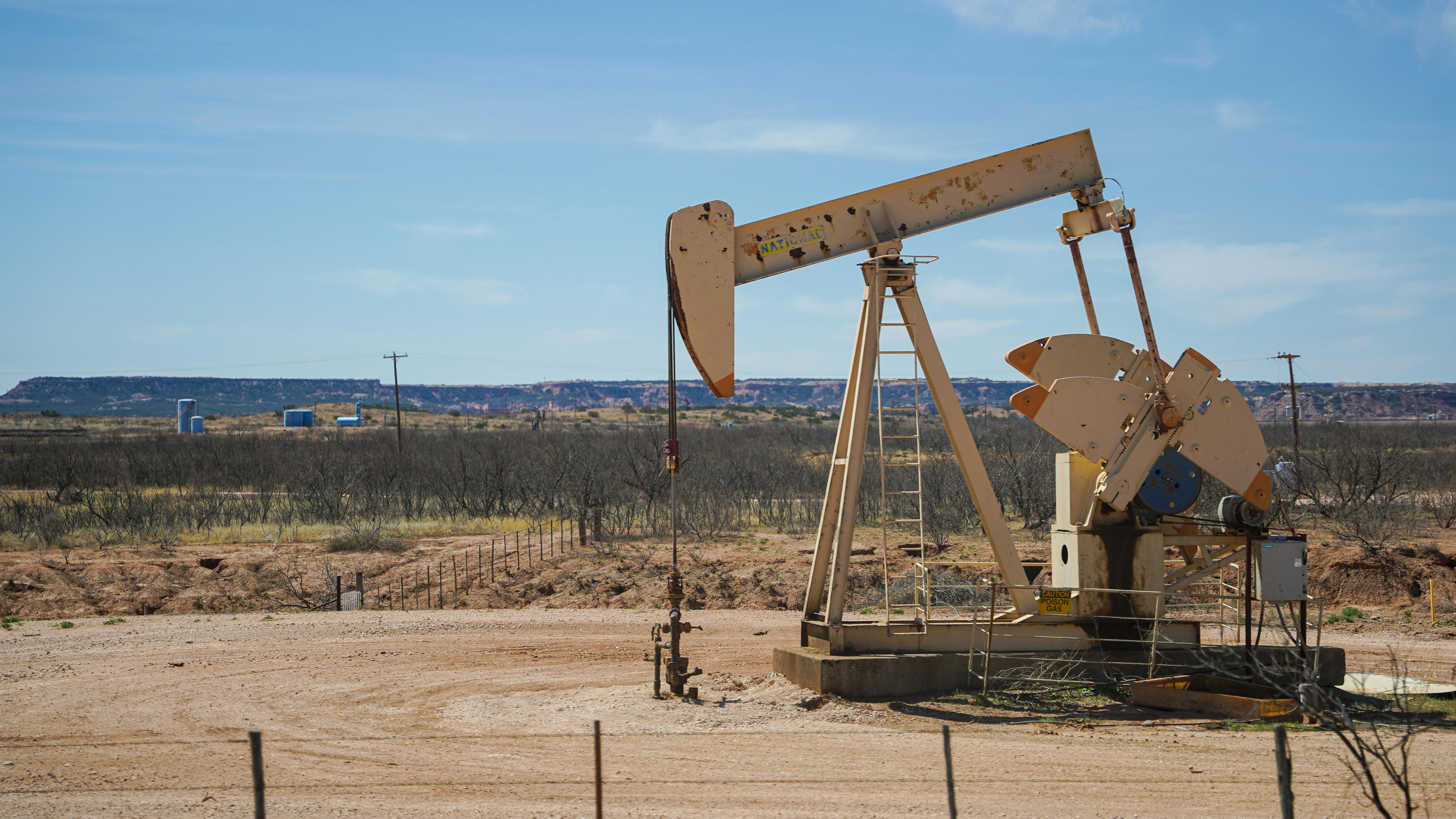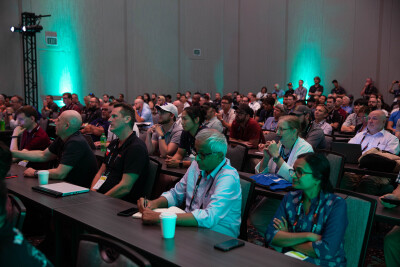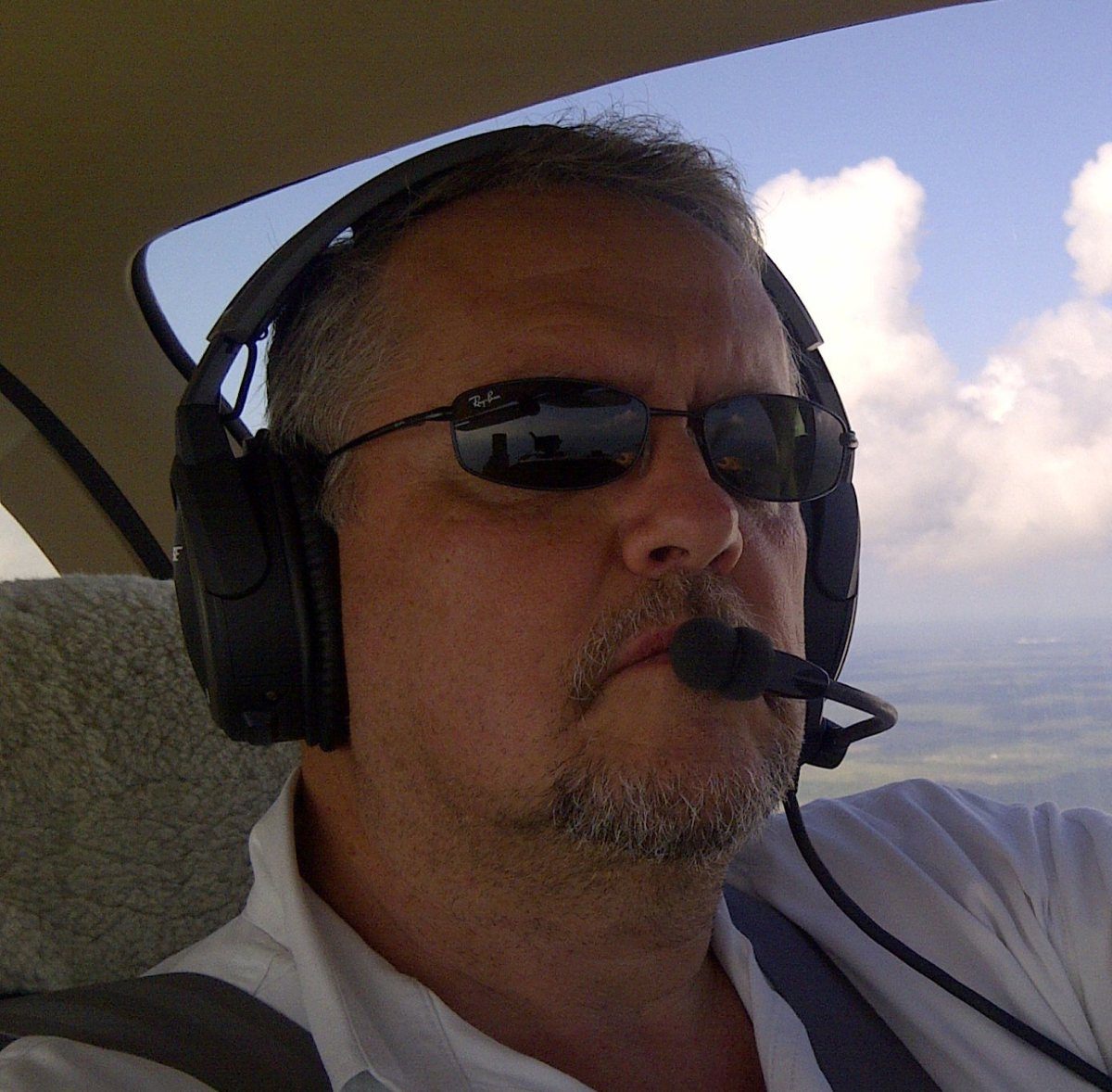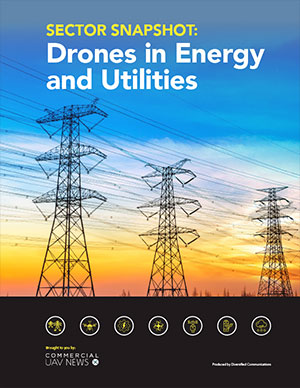In the session “Scaling Remote Inspections: A Fortune 100 Energy Company’s Journey to Operational Efficiency”, at Xponential 2025 highlighted a specific use case on how scaling up drone-in-a-box solutions is driven by ROI.
Philip Rogers, VP of Strategic Accounts at Percepto shared details on an operation they are running with a large oil & gas company in Midlands, Texas, with the specific goal of leak detection. They currently have a fleet of 20 drones equipped with OGI sensors to take on this job.
The biggest hurdle this customer was facing was getting the technology they needed to do this, and to integrate it seamlessly. “Adoption of new technology is hard to scale for large companies. It’s difficult to integrate data into workflows in an easy way that can actually service each department of the company” stated Rogers.
Percepto’s solution to this issue involved an end-to-end white glove service model using their drone-in-a-box solutions (DIB). This model includes site selection for the DIB, infrastructure setup, and on-site deployment. One challenge remained, the main goal of the customer’s being to create safety in the field, yet they did not have drone experience. To ensure this goal is met, Percepto flies all missions remotely for them, in addition to performing routine maintenance on the DIB systems.
At the end of the flight, the customer only receives reports and alerts on the assets the drone is monitoring. This allows the customer to focus on maintaining and repairing the asset, rather than running a drone program, saving them time and money by staying ahead of damages. All the information the drones gather gets uploaded into a database that can be easily accessed by the whole company.
“The number one ROI driver is scalability. Now, all the data is in one system and it’s usable by the whole team. It allows them to make better decisions with the kinds of data that they had before, but it wasn’t digestible. Having the capability to see all assets on weekly basis only contributes to their safety goal” Stated Rogers.
Their approach to scaling this focused on working with the customer over a three-month proof of concept focusing on optimization of field personnel time. Through the DIB system, the drone can respond to the specific area where the leak was detected within 90 minutes. The alerts are managed by the AI that’s included in the integration, and the customer gets a video of exactly where the issue is.
Before the Percepto System, grounds crew were only able to make it out to the assets once a month. Now, they have eyes on the assets once a week.
It’s predicted that this operation will scale up to 100 systems for oil and gas industry in the United States within the next year.















Comments